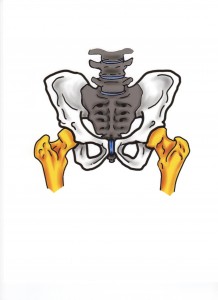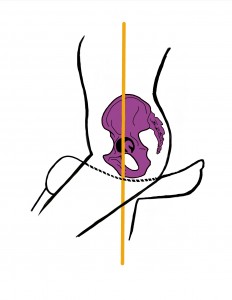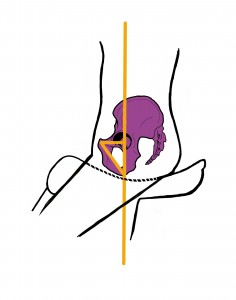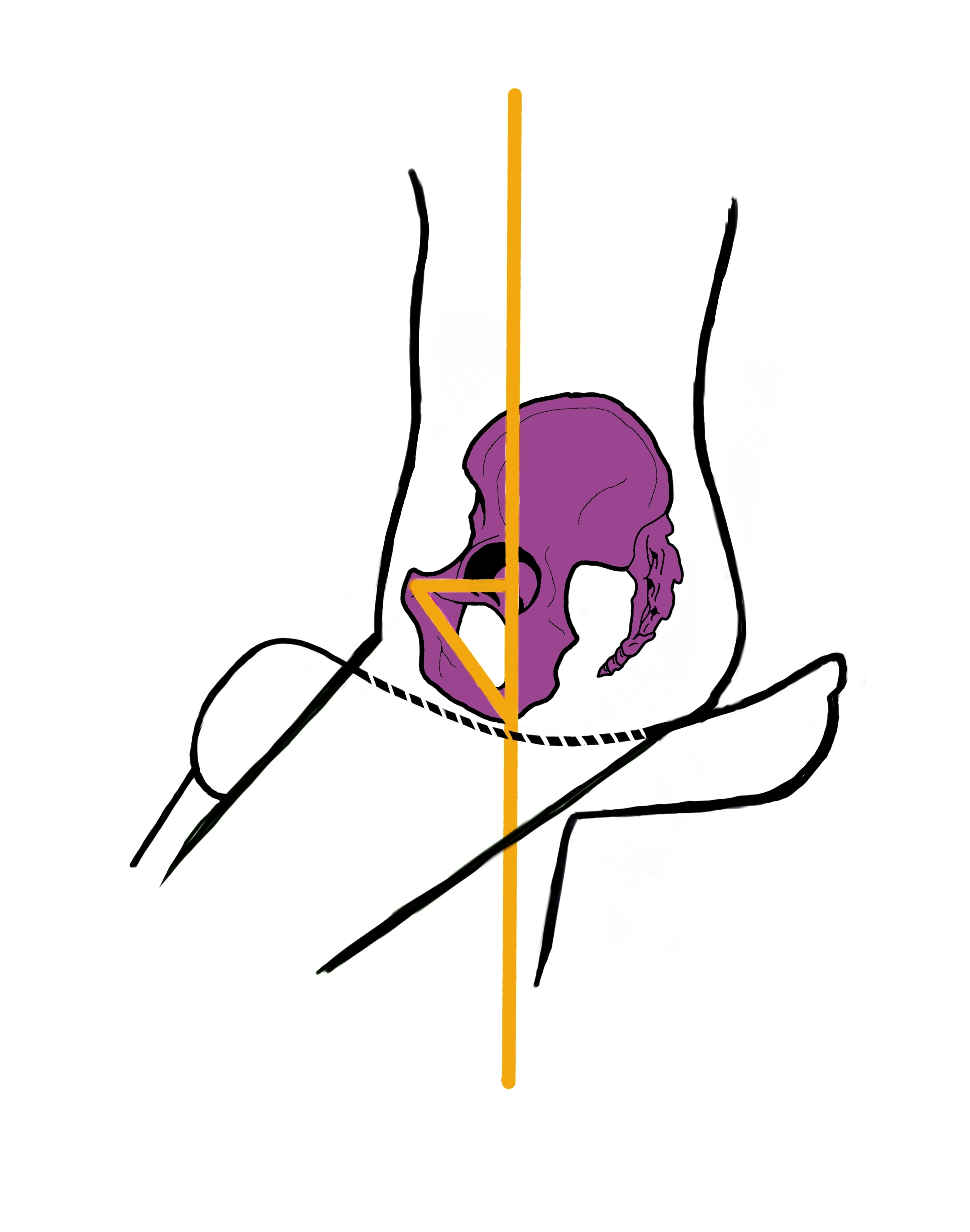Do you have difficulty opening your hips in rising trot? Hollow your back? Sit on the front part of your seat bones? Is your horse on the forehand? Many riders hollow their back when riding but this tips the pelvis forward and down, sticks the seat bones out behind, closes the hip angle and puts the horse on the forehand. Flattening the lower back and closing the lower front door to keep the pelvis bowl in a level position level will make you more secure and allow your hips to open correctly in rising trot and canter.

Correctly ridden, rising trot is a swing motion. With your back flat and pelvis level (not tipped forward down at the top) the horse pushes you up out of the saddle as he pushes off the ground with his hind foot. This keeps you close to the horse as you swing forward/up. Your weight in the rise phase is born on your thigh not your stirrup. You are able to regulate your horse’s trot by the amount and speed of your rising swing motion. In this position you are stable and secure through the entire rise and sit phase because your pelvis remains level underneath you.
If your pelvis is constantly changing position during rising trot form tipped forward to tipped back as you rise and sit you will not be secure and will fall back into the saddle, which is most unpleasant for your horse! To keep from pitching forward you will have to brace or push against the stirrups and lead with your chest to get out of the saddle. When your pelvis is level you will be able to swing upward with less effort because you are in a position to receive the push from the horse’s hind feet to send you up in rising and are never falling back.

A simple way to help keep your pelvis level especially during transitions is to remember to keep your lower front door closed. In Traditional Chinese Medicine the pee hole is referred to as the lower front door. The other one is the back door. You may remember this as #1 and #2 from elementary school. Many riders have the buttocks too tight and need to let go back here because contraction in the gluteal muscles externally rotates the thigh and tips the pelvis forward/down. Relaxing the back door and closing the lower front door tones the muscles just above the pubic bone, tips the front of the pelvis up, leveling and completing the pelvic bowl in front, which allows you to sit on the widest part of your seat bones and remain secure in the saddle.
Practice closing the lower front door when off your horse. Place one hand just above your pubic bone as you close. You will feel an increase in tone. When riding, repeat closing the front door while walking. Feel how this changes the position of your pelvis. Lengthen your lower back and then close the lower front door especially just before for a transition. Notice how you stay upright instead of falling forward and your horse lightens his forehand.

Use this Murdoch Minute to level your pelvis and lighten your horse’s forehand during transitions. Practice closing the lower front door when off your horse to improve the tone of the muscles that complete the pelvic bowl and always remember to enjoy the ride!




